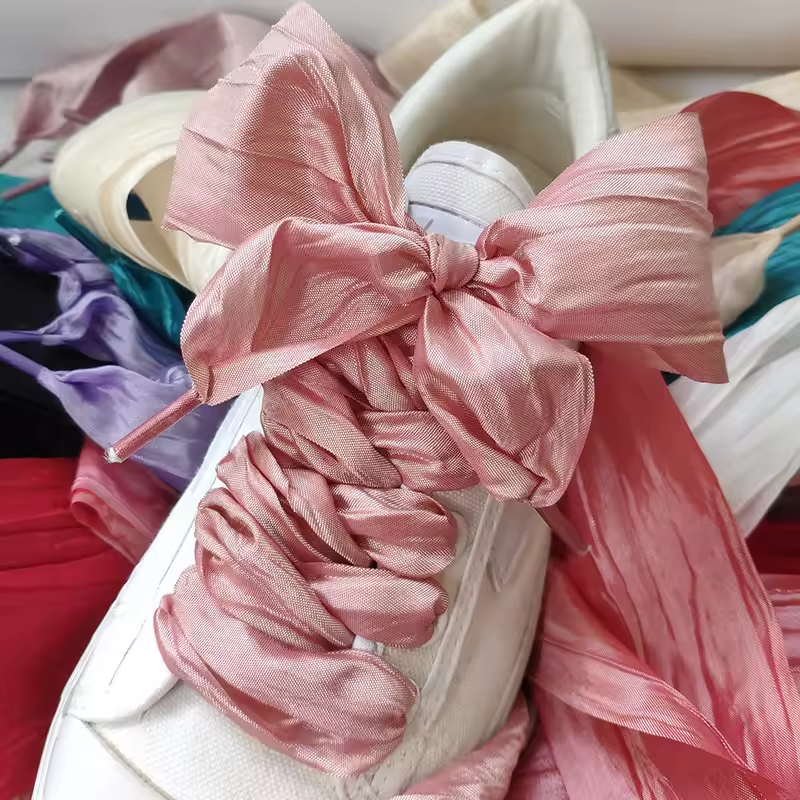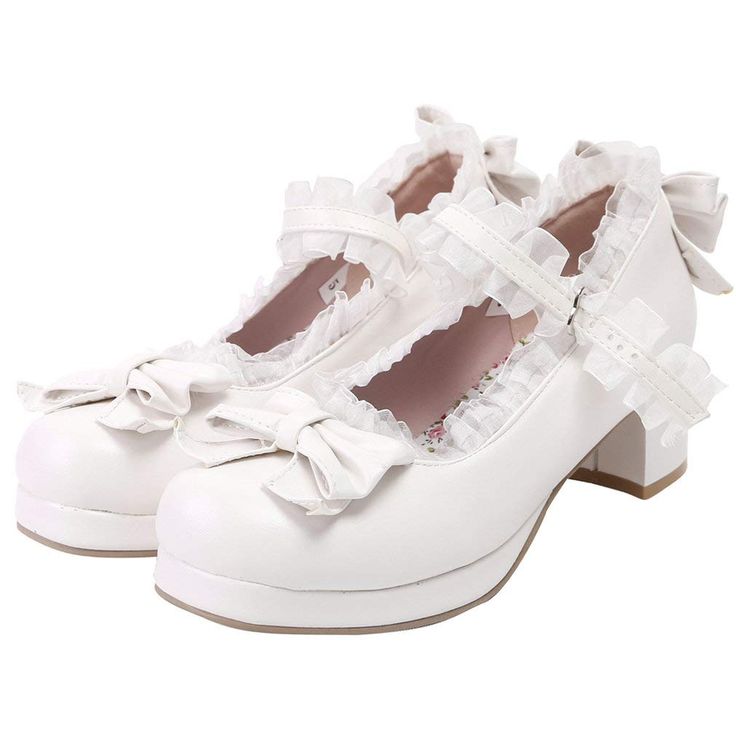The Importance of Choosing the Right Toddler Shoes
When it comes to your toddler’s growth and development, the right toddler shoes can make a world of difference. As children begin to explore their environment through crawling, standing, and walking, their feet undergo rapid changes. Ill-fitting or poorly designed shoes can hinder mobility, cause discomfort, and even lead to long-term foot issues. On the other hand, high-quality toddler shoes provide the support, flexibility, and protection needed for healthy foot development.
Parents often overlook the significance of selecting appropriate footwear for their toddlers, assuming that any shoe will suffice as long as it fits. However, this assumption can lead to preventable problems. For instance, shoes with rigid soles may restrict natural foot movement, while overly loose shoes can increase the risk of tripping or blisters. Additionally, materials that trap moisture or lack breathability can cause skin irritation or fungal infections. By understanding the key features of ideal toddler shoes, parents can ensure their child’s feet remain healthy and happy as they grow.
This guide aims to simplify the process of choosing toddler shoes by highlighting essential considerations such as fit, material, and functionality. Whether your child is just learning to walk or already a confident runner, the right pair of shoes can enhance their confidence and independence.
Key Features to Look for in Toddler Shoes
Selecting the perfect toddler shoes requires careful attention to several critical features. First and foremost, the shoes must fit properly. Toddlers’ feet grow rapidly—often outgrowing their shoes every few months—so it’s crucial to measure their feet regularly. A snug fit is essential; shoes that are too large can cause toes to slide forward, leading to instability, while shoes that are too tight can restrict blood flow and cause discomfort.
Another vital feature is flexibility. A toddler’s feet need to move naturally to develop strong muscles and coordination. Shoes with stiff soles or excessive arch support can hinder this process. Instead, look for toddler shoes with soft, pliable soles that mimic barefoot movement. Brands like Stride Rite and Nike offer models specifically designed for toddlers, prioritizing flexibility without compromising durability.
Material is another key consideration. Breathable fabrics such as mesh or leather allow air circulation, preventing sweaty feet and reducing the risk of odor or infections. Additionally, non-slip soles are essential for safety, especially on smooth surfaces like tile or hardwood floors. Rubber or silicone treads provide better grip, minimizing the risk of slips and falls.
Lastly, consider the closure type. Velcro straps or elastic laces offer convenience and adjustability, making it easier to achieve a secure fit. Avoid shoes with traditional laces, as toddlers may struggle to tie them independently. By focusing on these features, parents can find toddler shoes that balance comfort, safety, and practicality.
Understanding Toddler Foot Development
To appreciate the importance of proper footwear, it’s helpful to understand how a toddler’s feet develop. At birth, a child’s feet are soft and malleable, with a high arch that gradually flattens as they learn to walk. By the age of 18 months, most toddlers have developed the ability to walk independently, though their gait remains unsteady. During this period, the feet require adequate support to maintain proper alignment and posture.
One common misconception is that toddlers need shoes with arch support. In reality, most children under the age of five do not require additional arch support unless advised by a pediatrician. Overly structured shoes can interfere with natural foot mechanics, potentially leading to issues like flat feet or in-toeing. Instead, toddler shoes should prioritize cushioning and flexibility to accommodate the natural development of the foot.
Another critical aspect of foot development is weight distribution. As toddlers learn to bear their body weight on their feet, the pressure points shift, and improper footwear can exacerbate discomfort. Shoes with padded insoles or soft inner linings help distribute weight evenly, reducing strain on sensitive areas. Parents should also be mindful of the heel-to-toe drop—the difference in height between the heel and the toe. A minimal drop (less than 10 mm) is generally recommended for toddlers to promote a natural walking motion.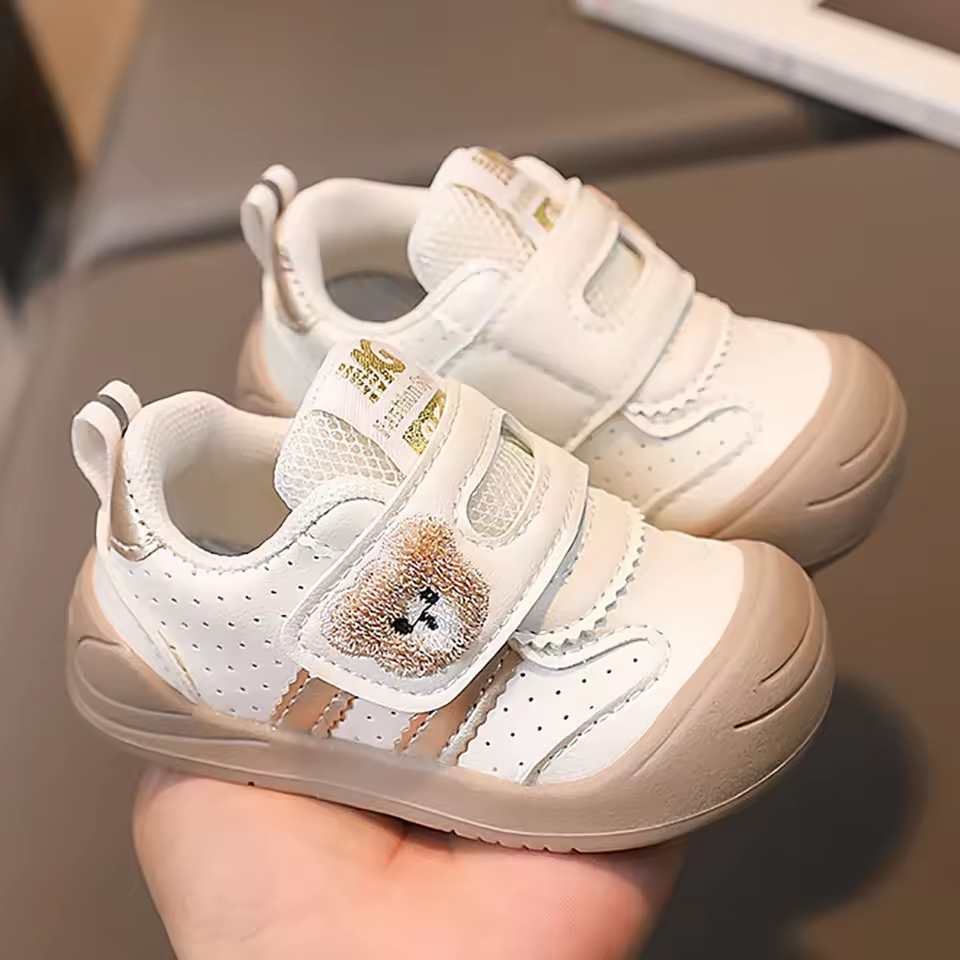
By aligning footwear choices with the stage of a toddler’s development, parents can foster healthy foot growth and prevent long-term complications. This understanding underscores the need to avoid one-size-fits-all approaches and instead tailor toddler shoes to the child’s specific needs.
How to Measure Your Toddler’s Feet Correctly
Accurate measurement is the foundation of selecting well-fitting toddler shoes. Many parents rely on size charts provided by retailers, but these can vary significantly between brands. To ensure precision, it’s best to measure your toddler’s feet in person or use a reliable at-home method.
Start by having your child stand barefoot on a flat surface with their weight evenly distributed. Use a ruler or measuring tape to measure from the heel to the longest toe (usually the big toe). It’s important to measure both feet, as they may differ slightly in size. Allow for about 0.5 to 1 cm of extra space at the toe to accommodate growth and movement.
Next, compare the measurements to the brand’s size chart. Keep in mind that shoe sizes are not standardized across manufacturers. For example, a size 5 in one brand may correspond to a size 4.5 in another. If possible, try the shoes on your child to check for fit. The shoes should feel snug but not tight, with the toes having room to wiggle. The heel should not slip, and the upper part of the shoe should conform to the shape of the foot without causing pressure points.
For online purchases, look for brands that offer free returns or exchanges. This allows you to test the fit at home and return the shoes if they don’t meet your child’s needs. Investing time in accurate measurements ensures that your toddler receives toddler shoes that are both comfortable and functional.
Choosing the Right Material for Toddler Shoes
The material of toddler shoes plays a significant role in comfort, durability, and hygiene. Breathable fabrics like mesh, cotton, or leather are ideal for everyday wear, as they allow air to circulate and prevent excessive sweating. Leather, in particular, offers a balance of softness and structure, adapting to the shape of the foot while providing gentle support.
Synthetic materials such as nylon or polyester are also popular for their affordability and water-resistant properties. However, they may trap heat and moisture, increasing the risk of fungal infections. If opting for synthetic toddler shoes, look for models with ventilation holes or moisture-wicking linings.
Rubber or EVA (ethylene-vinyl acetate) soles are commonly used in toddler shoes due to their lightweight and shock-absorbing qualities. These materials provide flexibility while offering sufficient grip for stability. For outdoor activities, choose shoes with reinforced rubber soles to withstand rough terrain.
Parents should also consider the ease of cleaning. Leather shoes can be wiped with a damp cloth, while mesh or synthetic shoes may require machine washing. Quick-drying materials are particularly useful for toddlers who tend to get dirty during play. By selecting the right material, parents can ensure their child’s toddler shoes remain hygienic and durable throughout the day.
Seasonal Considerations for Toddler Shoes
The season and climate significantly influence the choice of toddler shoes. During warmer months, breathable sandals or open-toe sneakers are ideal for keeping feet cool and dry. Look for sandals with adjustable straps to ensure a secure fit, especially for active toddlers who may kick off loose footwear.
In colder weather, insulated boots or thick socks paired with sturdy shoes provide necessary warmth. Waterproof materials like Gore-Tex are beneficial for rainy days, preventing wet feet and associated discomfort. For snow, choose toddler shoes with deep treads to enhance traction on icy surfaces.
Transition seasons like spring and fall require versatile options. Lightweight sneakers with breathable uppers can handle mild temperatures, while wool-lined boots offer extra warmth when needed. Parents should also consider the activity level of their toddler—outdoor explorers may need more rugged footwear, while indoor playdates can be managed with simple, flexible shoes.
By adapting toddler shoes to seasonal needs, parents can ensure their child remains comfortable and protected regardless of the weather. This proactive approach reduces the likelihood of foot-related issues caused by improper footwear.
Top Brands for High-Quality Toddler Shoes
Several reputable brands specialize in toddler shoes, combining comfort, durability, and style. Stride Rite is a leading name in children’s footwear, offering a wide range of sizes and styles tailored to different stages of development. Their shoes are known for precise fit and orthopedic support, making them a favorite among parents.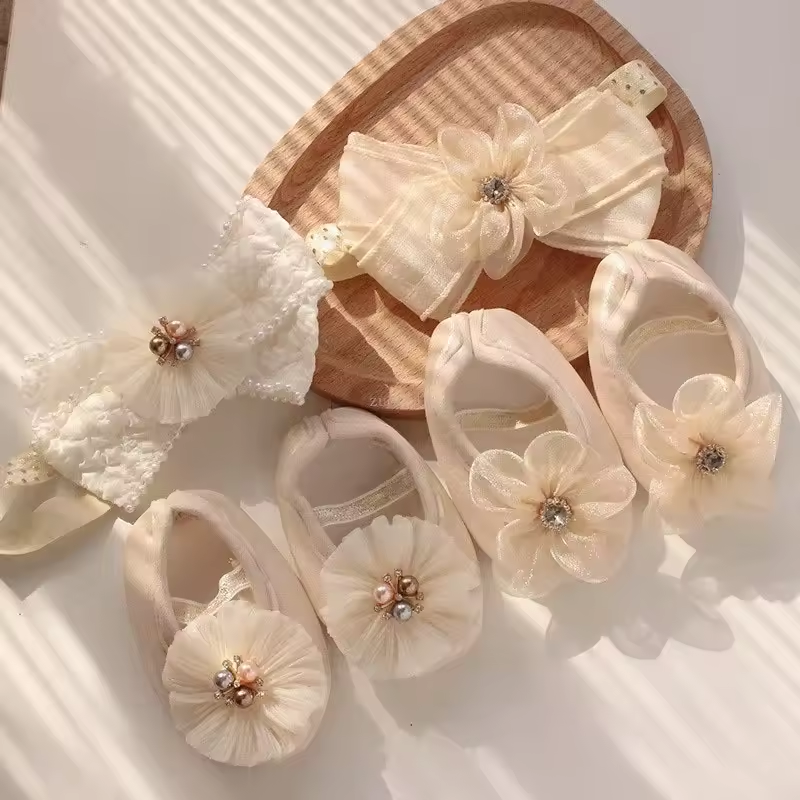
Nike and Adidas provide sporty, flexible toddler shoes ideal for active play. These brands prioritize breathability and lightweight design, ensuring toddlers can move freely without restriction. For a more classic look, Skechers and Cole Haan offer stylish yet functional options that blend fashion with comfort.
Eco-conscious parents may prefer brands like Birkenstock or Teva, which emphasize sustainable materials and ethical manufacturing. These companies often use recycled or biodegradable components, aligning with modern values of environmental responsibility.
By exploring these top brands, parents can find toddler shoes that meet their child’s unique needs while reflecting their family’s lifestyle and preferences.
How to Care for and Maintain Toddler Shoes
Proper care extends the lifespan of toddler shoes and maintains their functionality. Regular cleaning is essential to prevent odor and bacterial buildup. For leather shoes, use a soft cloth and mild soap to wipe away dirt, followed by a leather conditioner to preserve suppleness. Mesh or synthetic shoes can be machine-washed on a gentle cycle, but avoid using harsh detergents that may degrade the material.
Drying is equally important. Never expose toddler shoes to direct heat, as this can warp the structure or damage the interior. Instead, stuff them with newspaper or paper towels to absorb moisture and air-dry them in a well-ventilated area. For waterproof shoes, use a specialized drying spray to restore breathability.
Storage also plays a role in longevity. Keep toddler shoes in a cool, dry place away from direct sunlight. Avoid stacking heavy items on top of them, as this can cause creasing or deformation. Rotating between two pairs of shoes allows each pair to air out fully, reducing wear and tear.
By following these maintenance tips, parents can ensure their child’s toddler shoes remain in excellent condition for longer, maximizing value and comfort.
Eco-Friendly Options for Toddler Shoes
As sustainability becomes a growing concern, many brands now offer eco-friendly toddler shoes. These options prioritize environmentally conscious materials such as organic cotton, recycled plastics, or plant-based dyes. Brands like Patagonia and Little Green Radicals specialize in sustainable footwear, ensuring minimal environmental impact without compromising quality.
Eco-friendly toddler shoes often feature biodegradable components and ethical labor practices, aligning with modern values of responsibility and transparency. While these shoes may come at a slightly higher price point, their long-term benefits—reduced waste, healthier materials, and support for sustainable practices—make them a worthwhile investment.
Parents can also extend the life of their child’s toddler shoes by repairing minor damages instead of discarding them. Simple fixes like replacing soles or tightening straps can save resources and reduce landfill waste. By choosing eco-friendly options, parents contribute to a healthier planet while providing their child with safe, stylish footwear.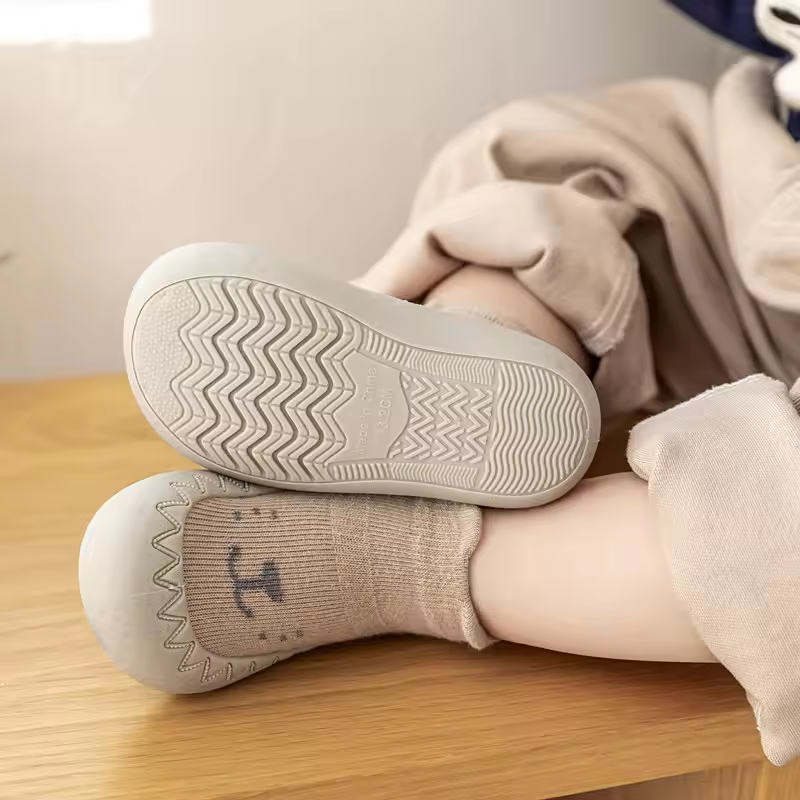
Styling Tips for Toddler Shoes
While comfort and functionality are paramount, toddler shoes can also be a fun way to express personality. For casual outings, opt for colorful sneakers or sandals that complement your child’s outfit. Neutral tones like white, beige, or pastels offer versatility and can be paired with various styles.
For special occasions, toddler dress shoes add a touch of elegance. Polished leather oxfords or Mary Janes are ideal for family gatherings or holidays. Choose shoes with subtle embellishments like bows or embroidered details to enhance the look without overwhelming the child.
Seasonal themes can also inspire creative choices. For example, toddler shoes with animal prints or holiday motifs add a playful element to daily wear. However, avoid over-accessorizing, as toddlers may find excessive decorations distracting or uncomfortable.
By balancing style with practicality, parents can create a wardrobe of toddler shoes that reflect their child’s individuality while meeting their needs. This approach ensures that every step is both comfortable and stylish.
